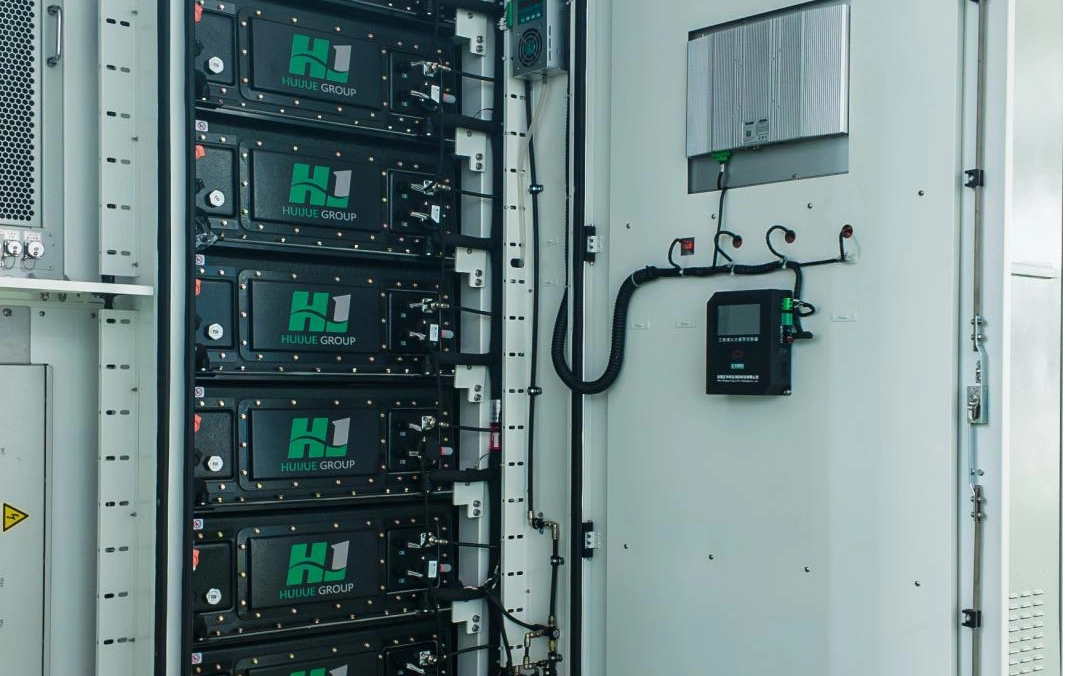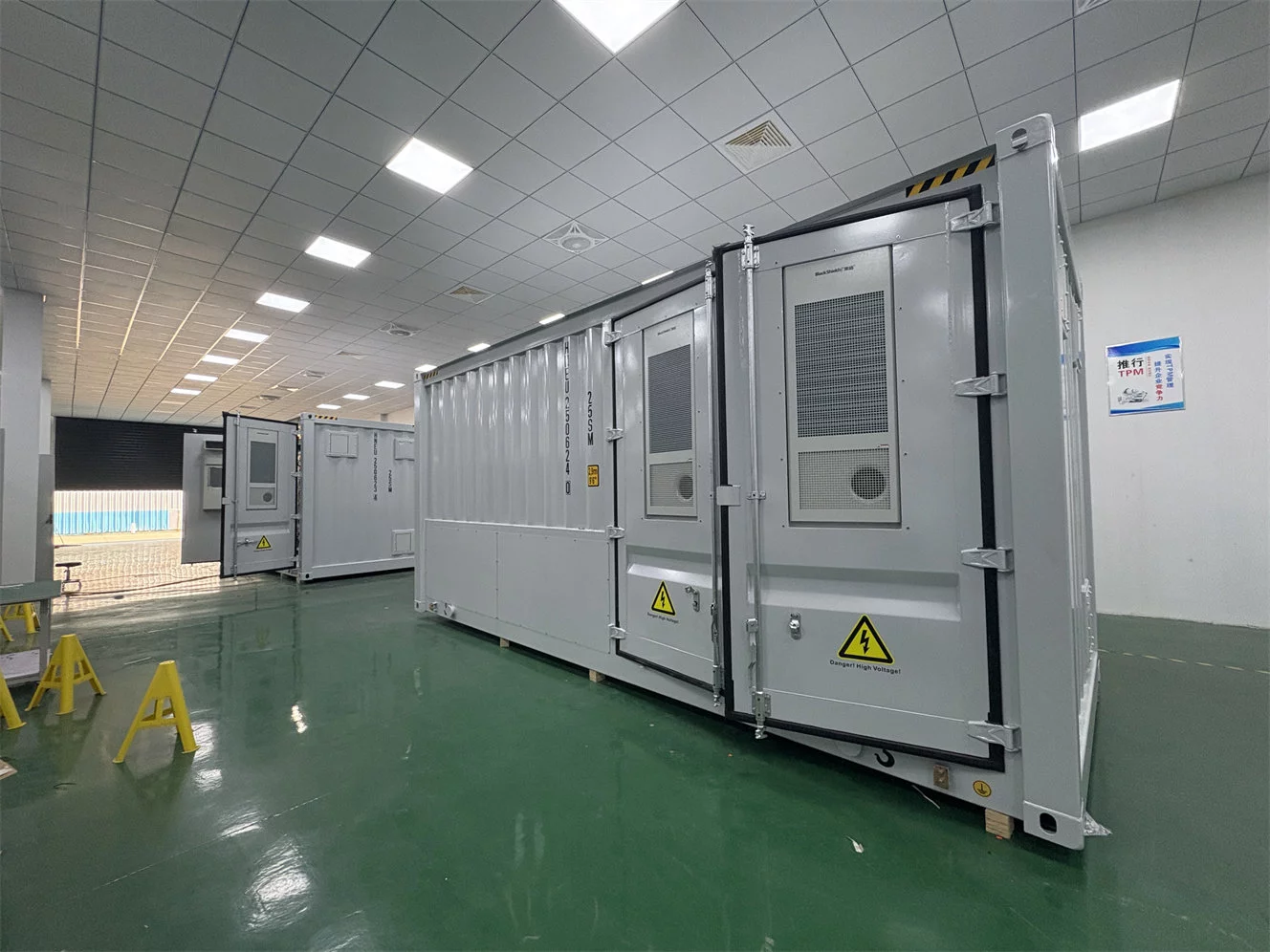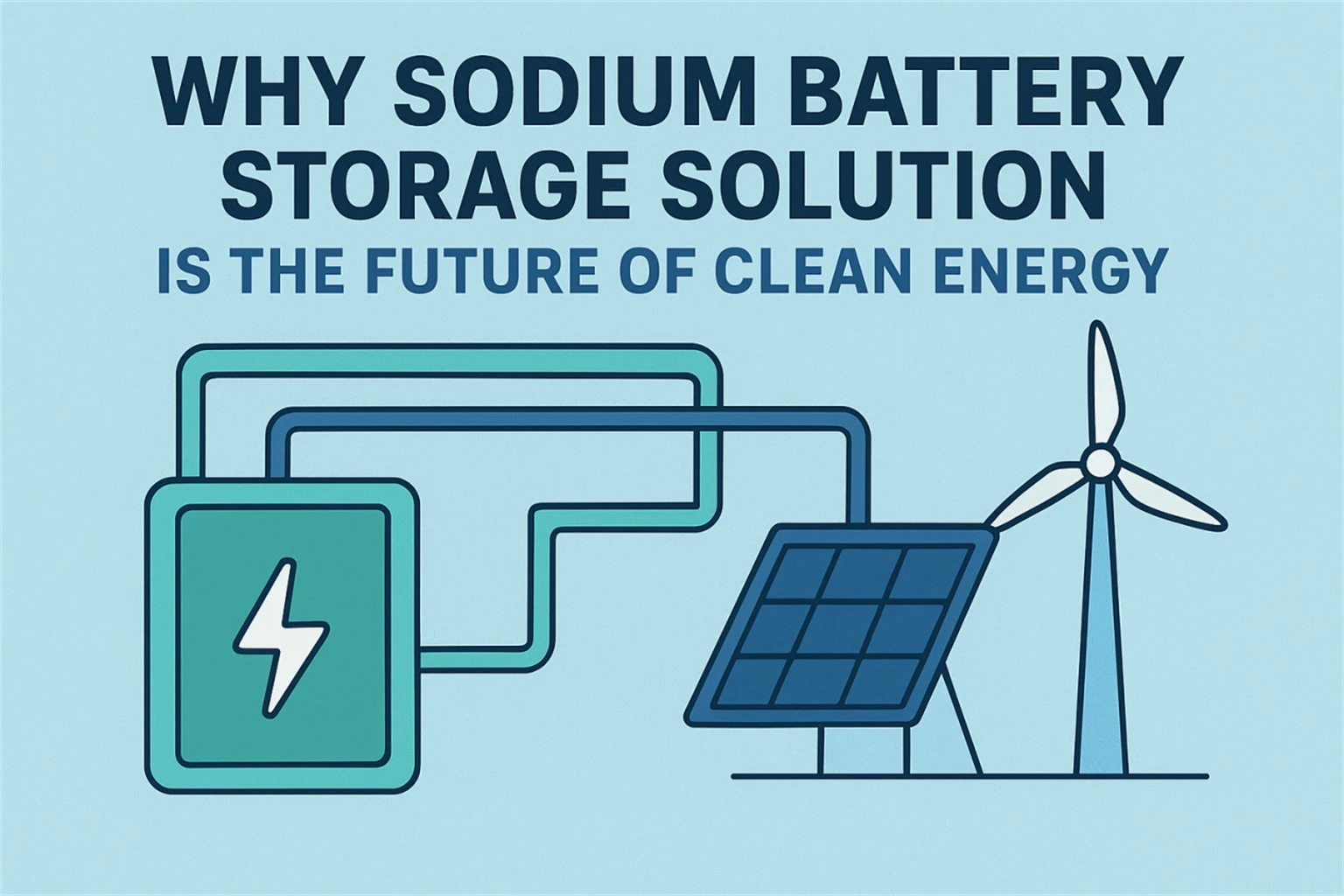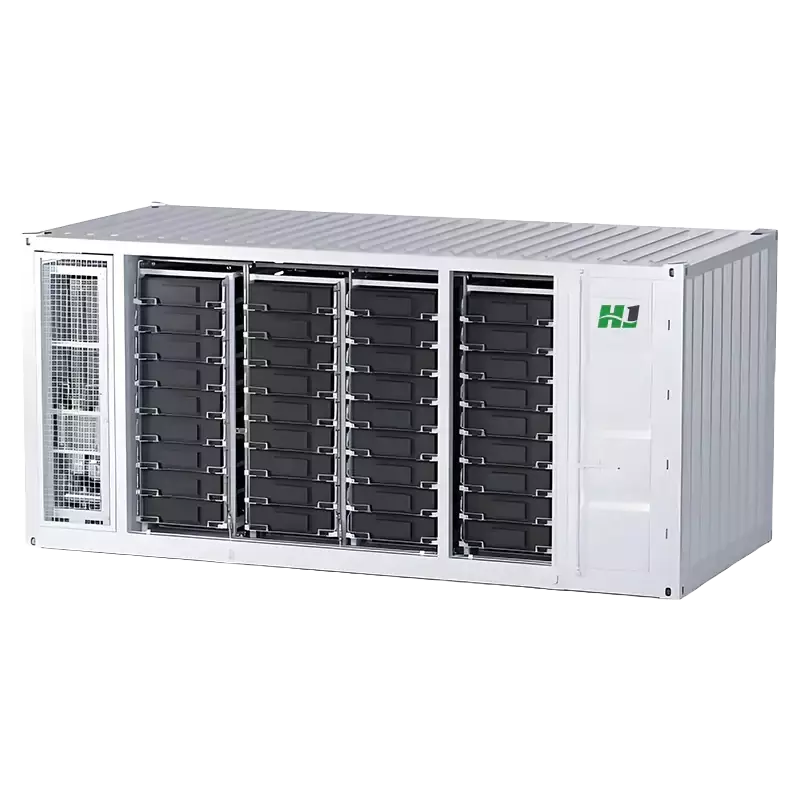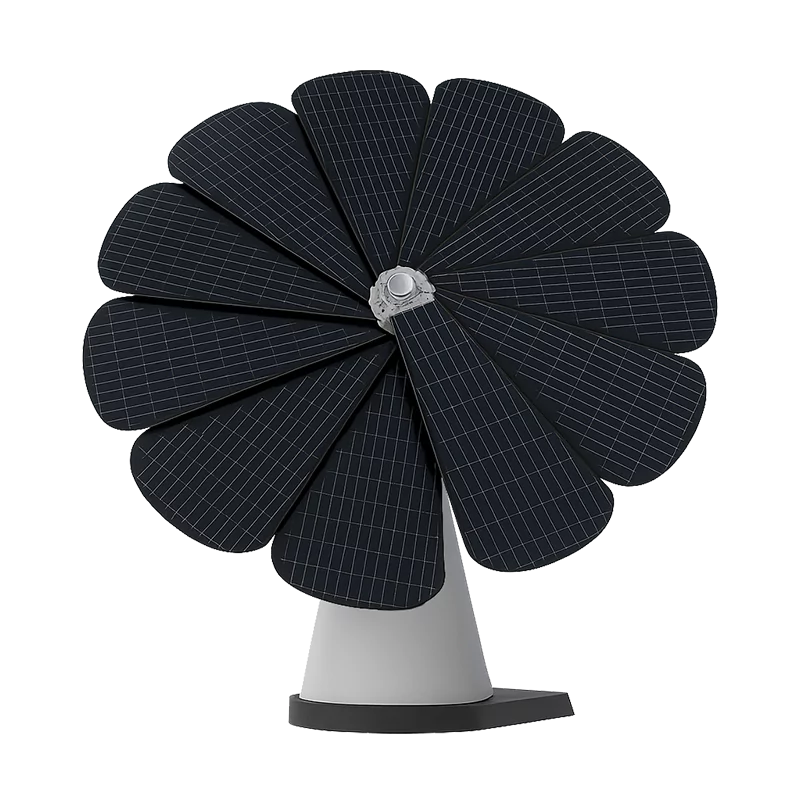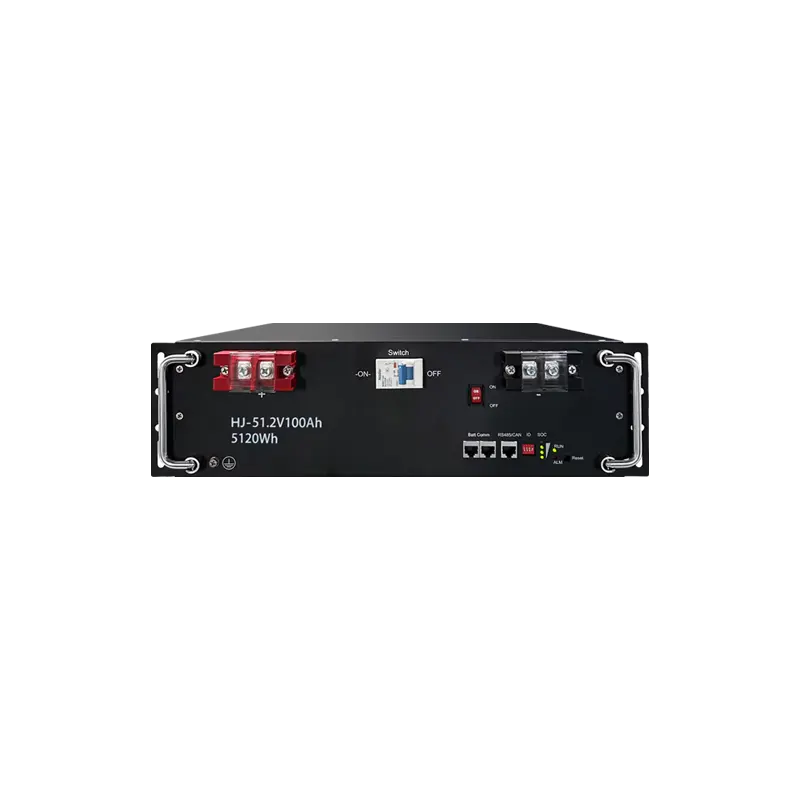CBAM Impact on EU BTS Battery Systems: Strategies for Compliance & Sustainability
With the increased green transition by the European Union (EU), the Carbon Border Adjustment Mechanism (CBAM) is offering new challenges as well as opportunities for the telecommunication sector. Base Transceiver Station (BTS) batteries, crucial to the functioning of telecommunication networks all over Germany, France, the Nordics, and Central-Eastern Europe, are going to be regulated more tightly under CBAM. According to the regulations, telecom operators will be required to keep an eye on the carbon footprint of their battery systems through the whole life cycle, from raw material extraction to end-of-life disposal.
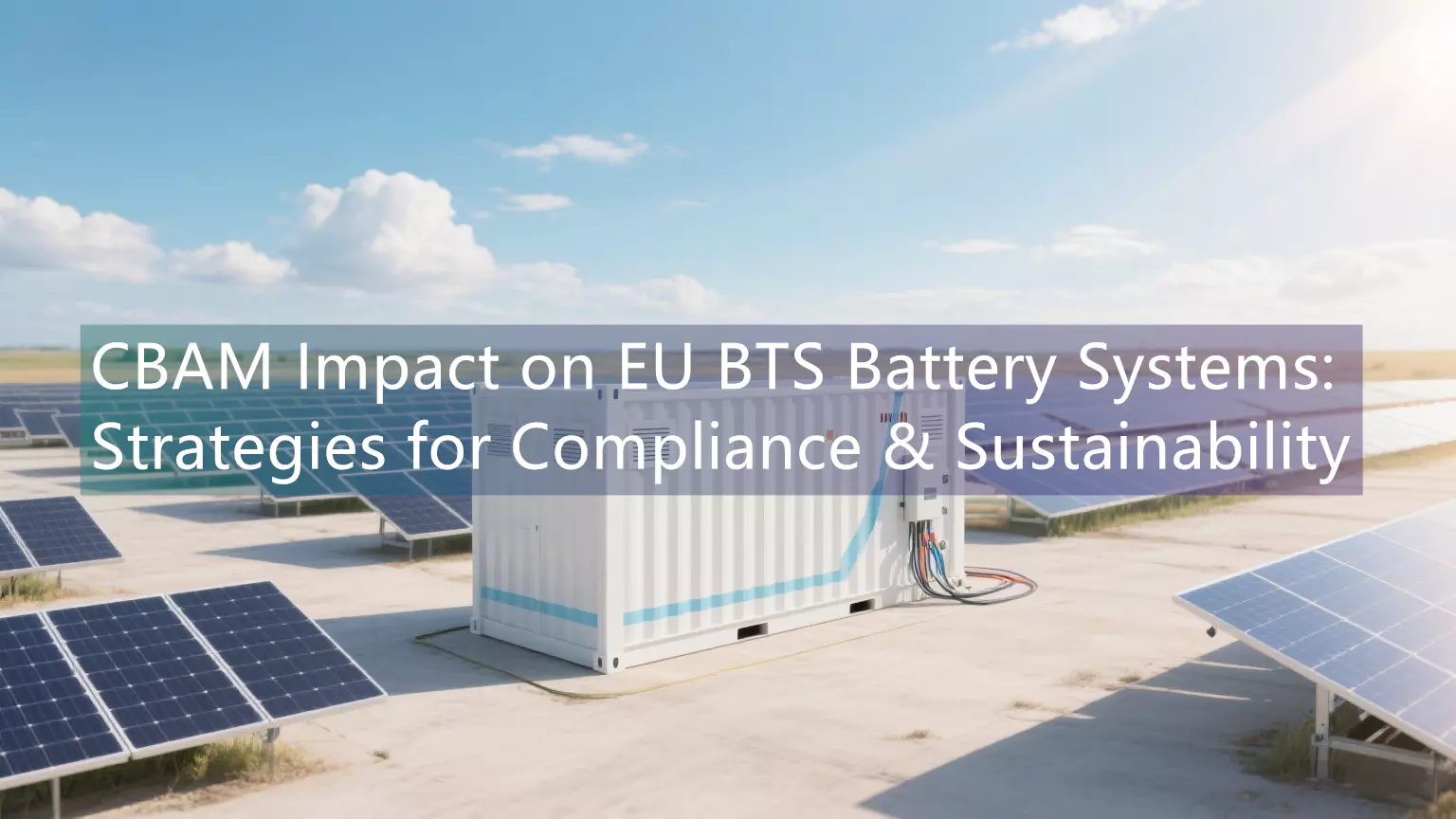
This work addresses the manner in which European telecommunication operators may achieve compliance with CBAM’s carbon footprint tracing requirements without undermining reliable and sustainable BTS operation.
Understanding the Impact of CBAM on Telecom Battery Systems
Initially targeting industries like steel and cement, the CBAM policy is now targeting energy-intensive products, including BTS batteries—key components for 5G and rural coverage. The battery systems used in telecommunication equipment will be required to meet extensive carbon footprint reporting obligations by 2025. Full rollout of the CBAM is expected by 2026, making it necessary for telecom operators to revise their battery value chain.
CBAM requires:
- Carbon footprint declarations for batteries with an individual capacity of over 2kWh.
- Tracking all emissions during the entire battery life cycle.
- Potential cost impacts for high-carbon-footprint batteries.
- Battery passports to assure maximum transparency from 2027 onwards.
These mechanisms target the reality that as much as 90% of a battery’s carbon burden is due to production emissions, i.e., the energy consumed in manufacturing. Although renewable sources such as solar and wind power are increasingly being adopted in the manufacture of batteries, CBAM’s present calculation does not take into account green power purchase agreements, and operators need to think carefully about their supply chains.
Key Factors in the Carbon Footprint of BTS Battery Systems
To fulfill the requirements of CBAM, telecom operators must possess knowledge regarding the carbon footprint of various battery technologies that they utilize. The following are the most significant things to consider in BTS energy systems:
1. Production Emissions
- The most commonly used battery in BTS, the lithium-ion battery, is highly efficient but energy hungry to produce and has the major portion of its emissions derived from electricity use.
- Lead-acid batteries, being less efficient and shorter-lived, have lower manufacturing emissions.
- Emerging technologies such as hydrogen fuel cells and solid-state batteries can have considerably lower lifecycle emissions.
2. Operation Considerations
- Source of Energy: Renewable energy charging of batteries lowers the carbon footprint during the operational phase by a significant amount.
- Losses in Efficiency: Inefficiency during conversion during charging and discharging leads to more emissions.
- Maintenance: Some battery systems require more maintenance, and therefore contribute more to carbon.
3. End-of-Life Management
- Recycling: Recycling capacity of battery materials is significant as the level of recycling efficiency varies depending on battery chemistry.
- Transportation: Carbon emitted during battery transport to recycling facilities should also be accounted for.
- EU Infrastructure: European recycling infrastructure should be in a position to handle the increased demand for battery recycling.
Sustainable Solutions for Telecom Base Stations
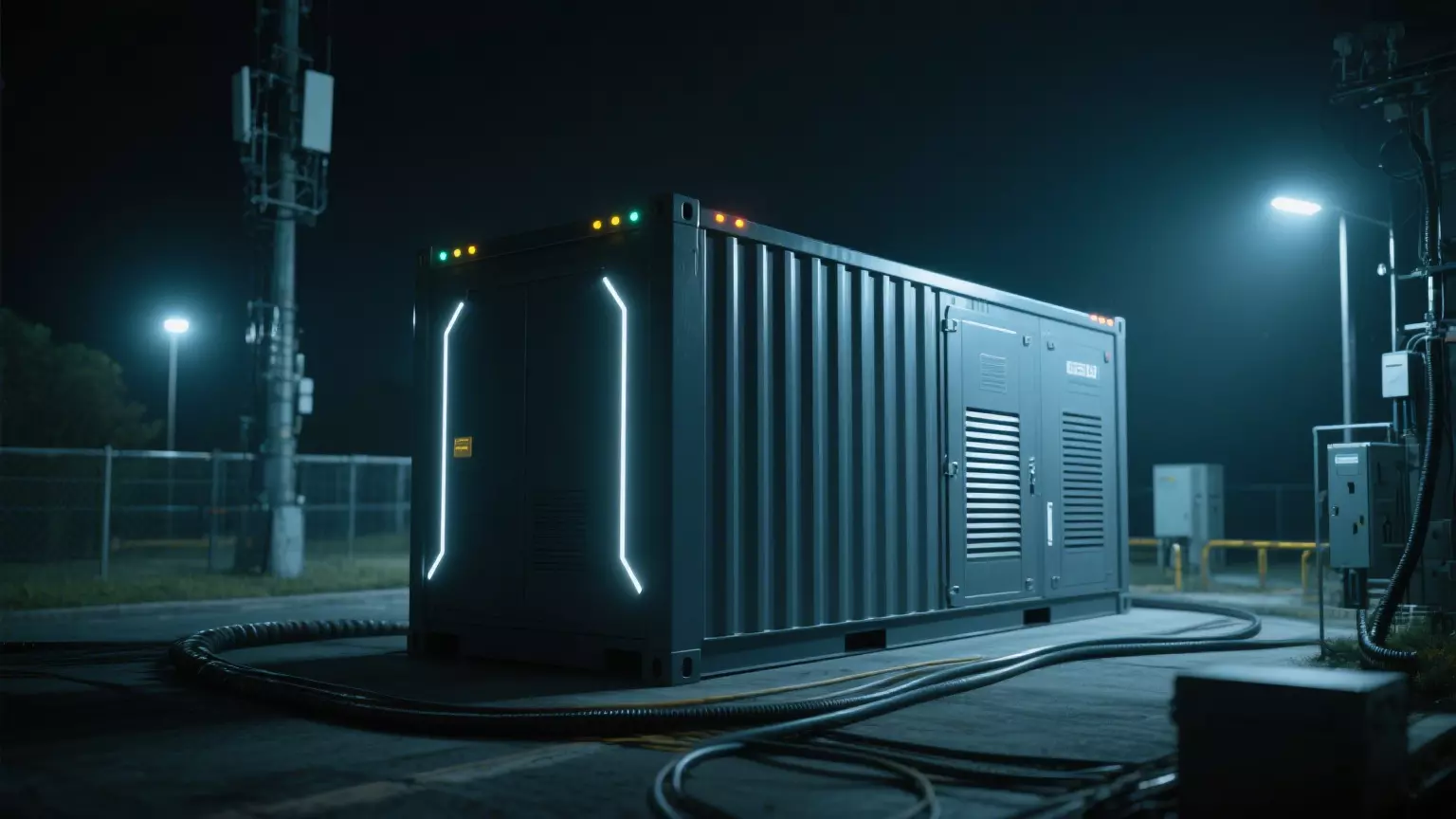
As telecom operators navigate CBAM, they are increasingly turning to green options that reduce the carbon footprint of their energy storage systems without impacting network reliability. Some of the innovative options are:
Hybrid Renewable Systems
Vodafone UK’s trial of wind and solar-powered base stations shows how stand-alone sites can run independently of the national grid, eliminating carbon emissions from infrastructure altogether. These systems include:
- Wind turbines: Effective even in low-wind conditions.
- Solar PV panels: Provide a clean source of power.
- On-site battery storage: Offers a safe supply of power.
Similar hybrid power solutions are provided by HighJoule, combining renewable generation with state-of-the-art energy storage, enabling telecom operators to decrease their carbon footprint while achieving best-in-class performance.
Hydrogen and Methanol Fuel Cells
Telefónica’s German pilot program uses methanol-fueled hydrogen fuel cells as an off-grid BTS power source supplemented by solar systems. Such solutions offer:
- No reliance on fossil fuels: No more diesel generators.
- Hydrogen generation in-house: Minimizes the risks of hydrogen transport and storage.
- Smart energy management systems: Optimize power generation and utilization.
For cleaner emergency power, telecom operators turn to HighJoule’s fuel cell technology for reliable, zero-emission alternatives to diesel generators.
Smart Energy Management
High-end Energy Management Systems (EMS) can optimize energy use through:
- Optimization of the use of renewable energy when it is available.
- Battery charging cycle management to optimize battery longevity.
- Flipping seamlessly between sources of energy to provide optimal performance.
CBAM Compliance for Telecom Batteries
With the onset of CBAM, telecom operators have to be proactive in ensuring compliance. This is how they can proceed:
1. Supply Chain Analysis
- Following the supply chain of batteries to follow high-emission components.
- Negotiating carbon-reduction plans with suppliers.
- Considering sourcing from EU-based suppliers to reduce transport emissions.
2. Carbon Accounting Implementation
- Implement monitoring systems for emissions related to the entire lifecycle of batteries.
- Track where electricity used to charge batteries comes from.
- Prepare for future digital battery passport requirement.
3. Technology Transition Planning
- Evaluate hybrid renewable systems for future deployment.
- Transition away from high-carbon back-up systems and switch to cleaner ones.
- Pilot test new technologies like hydrogen fuel cells and solid-state batteries.
4. Policy Engagement
- Stay current on emerging CBAM data and reporting guidelines.
- Participate in industry forums to ensure fair treatment of green energy alternatives.
Real-World Case Studies: Applying CBAM Compliance in Action
Some telecommunications operators already start reducing the carbon impact of their BTS operations, staying ahead of CBAM and greening their networks.
- Orange France upgraded its BTS network with the help of Ericsson, making carbon reduction and network efficiency top priorities.
- T-Mobile Polska launched Orange Flex, an emissions-free telecommunications service powered by wind, cutting operating emissions by 80%.
- HighJoule’s Cold-Climate Solid-State Batteries have been embraced by one of Germany’s leading telecommunication operators, cutting production emissions by 40%.
These are real-world examples of how telecommunication operators are able to meet the stringent requirements of CBAM while building a cleaner future for their operations.
HighJoule’s Solutions for EU BTS Operators
HighJoule has a portfolio of sustainable BTS energy storage technologies that are fully aligned with CBAM’s carbon tracking and sustainability targets:
- Cold-Climate Solid-State Batteries: Made for robust European winters, these batteries are manufactured from 100% renewable energy and have a long lifespan, reducing emissions significantly.
- Smart Energy Management Systems (EMS): These EMS systems enable real-time monitoring of energy consumption and emissions, making it simple to report on CBAM.
- Modular Outdoor Cabinets: Easy to recycle and created with circular economy intentions, these cabinets facilitate the EU’s sustainability initiatives.
Future-Proofing BTS Networks
As the “CBAM” evolves, EU telecom operators are compelled to work with manufacturers prioritizing transparency, low-carbon production, and lifecycle emission tracking. HighJoule’s emphasis on compliance-ready solutions has telecom operators prepared for CBAM’s demands while assisting Europe’s move towards a greener future.
Operators that invest in green BTS power solutions will be well-placed in a more sustainability-focused telecommunication industry. Learn more about how HighJoule can support your compliance program by visiting [HighJoule’s Product Page].
Find Your Solar + Battery Storage Specialist Now!
* Fill out this form and our experts will help you find the perfect solar storage solution for your home or business.




